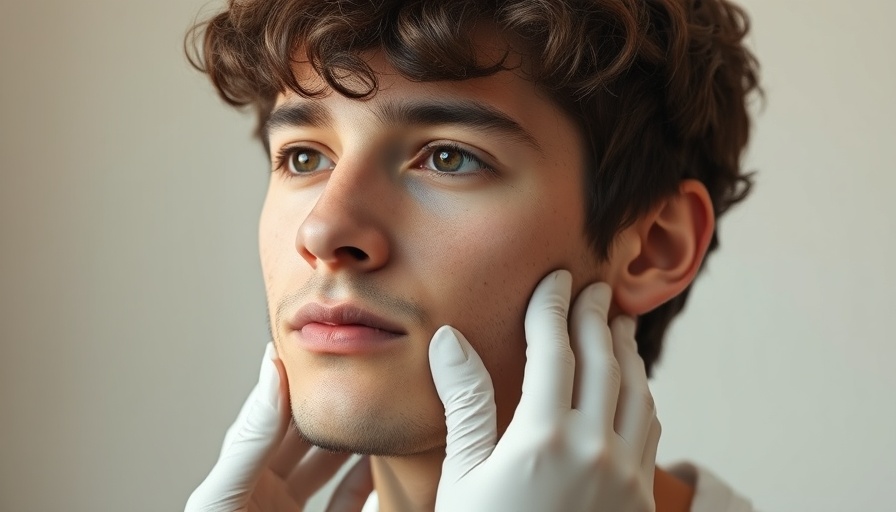
Understanding Aesthetic Medicine Trends for 2025
In a recent survey conducted by the American Academy of Facial Plastic and Reconstructive Surgery (AAFPRS), alarming trends surfaced that are poised to shape the aesthetic landscape in 2025. Among these, the implications of GLP-1 medications on aesthetic procedures have emerged as a game-changer, as well as a rising interest in rhinoplasty corrections and male aesthetic interests accelerating. This article delves into each of these critical trends, providing medical spa owners with valuable insights to steer their practices in an evolving marketplace.
The Rising Influence of GLP-1 Medications
GLP-1 medications are increasingly prevalent in aesthetic settings, offering potential solutions for clients seeking weight loss. However, AAFPRS President Dr. Patrick Byrne expresses concerns regarding something called 'Ozempic face,' which is characterized by inexplicable facial fat loss due to rapid weight fluctuation.
Dr. Byrne highlights that many patients are requiring fat grafting procedures—reporting an astonishing 50% increase in these surgeries. This phenomenon underscores the need for medical aesthetics professionals to realize the significance of stable post-operative weight, as both weight gain and loss can impair surgical outcomes, including facelifts and necklifts.
Rhinoplasty Corrections: An Increasing Demand
According to AAFPRS statistics, approximately 80% of its members report that patients seeking rhinoplasties want revisions to previous surgeries. This trend emphasizes surgeons’ specialization in cosmetic procedures. Mark Hamilton, M.D., F.A.C.S., warns against the trend of patients choosing general plastic surgeons over specialists. The complexity of rhinoplasty warrants dedicated expertise; without it, outcomes often fall short of expectations.
As aesthetics become more personalized, focusing on specialized skills could guide better results, mitigating dissatisfaction that leads to revision surgeries.
Male Interest in Aesthetic Procedures Increases
Another striking trend is the notable rise in male interest among aesthetic procedures. James Randall Jordan, M.D., notes that more males are seeking services like hair transplants, facelifts, and PRP treatments. Notably, 92% of AAFPRS surgeons report catering to male patients, fostering a growing market segment that practices must not overlook.
With the introduction of regenerative treatments, such as platelet-rich plasma (PRP) therapies, there are numerous avenues for delivering effective solutions tailored to male clients who desire more youthful appearances.
Anticipated Trends and Recommendations
As we anticipate the evolving nature of aesthetic enhancements, medical spa owners should be prepared to adapt to these trends:
- Integrate GLP-1 education and potential impact discussions in consultations.
- Invest in specialized training for rhinoplasty and other intricate aesthetic procedures.
- Foster an inclusive environment welcoming male clients into your practice, offering targeted services that suit their preferences.
Final Thoughts
In conclusion, the insights from the AAFPRS highlight pivotal changes that can redefine practice strategies for aesthetic professionals in 2025. Addressing the challenges linked with GLP-1 medications, capitalizing on the demand for rhinoplasty revisions, and opening doors for male clientele not only enriches service offerings but also positions medical spas for sustainable growth. To stay ahead, practitioners must remain informed, responsive, and committed to delivering tailored care.
 Add Row
Add Row  Add
Add 




 Add Row
Add Row  Add
Add 

Write A Comment